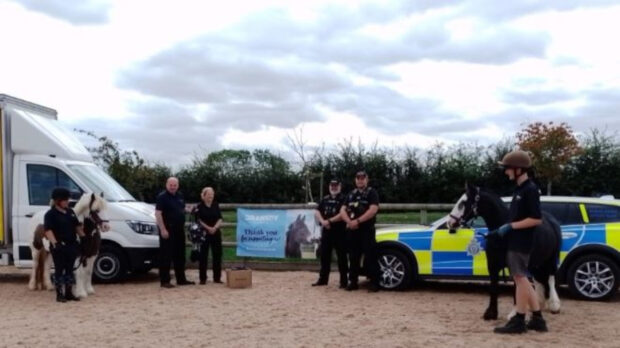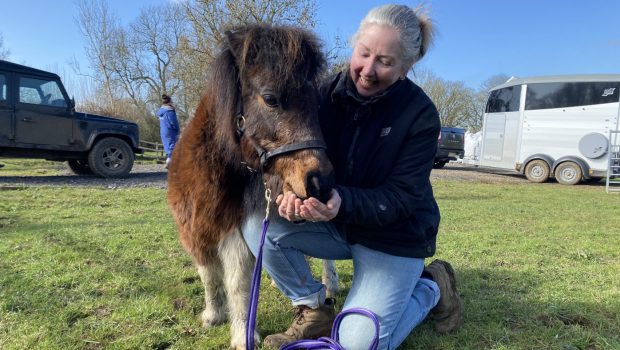North Yorkshire Police has admitted there are “lessons to be learned” after marksmen took 18 shots to kill a stray horse.
On 12 September last year, two horses were shot by firearms officers in Dunnington, near York. The horses had been running loose for several days — including onto the nearby A1079.
But local residents were angry at the treatment of the horses after one was shot 18 times, some shots at long range.
An eyewitness said at the time: “It should not have been dealt with in the way it was — like fun target practice.”
But after a three-month review, Chief Superintendent Andy McMillan, director of specialist operations for the force, told H&H that no police rules had been broken.
“I’m confident there was no wrongdoing by officers, however there are a number of recommendations [we need to make]. It was an extremely unfortunate and unusual situation,” he said.
“The horses posed a very real and serious threat to public safety, the decision [to shoot] wasn’t taken lightly and three hours were spent trying to corral them first.”
According to Ch Supt McMillan, due to the “demeanour” of the first horse, it was not possible for armed officers to come closer than 300m, so all but three of the 18 shots were made with the animal moving erratically and at speed.
The horse was not dead after the first two shots, so an extra 13 shots were fired from a distance. When officers approached the fallen horse on foot, it became apparent it was still alive, so a further three shots were used.
“From the first shot to the last, less than five minutes elapsed with some of this time due to officers having cautiously to approach the horse as per relevant guidance,” added Ch Supt McMillan. “But there may have been other routes we could have taken before the horses were shot and perhaps we could have explained our actions more clearly to the public.”
The force intends to work closely with the British Equestrian Veterinary Association (BEVA) and to improve communication with locals. They will also implement further rifle training.
BEVA vet Ben Mayes told H&H: “BEVA congratulate Yorkshire Police for their acceptance of responsibility for this incident and for their detailed investigation of the tragic outcome.
“BEVA, through Safer Horse Rescues, has been training vets in specialist rescue techniques, but dealing with stray horses on our roads remains a considerable challenge.”
This news story was first published in Horse & Hound (30 December, 2010)




